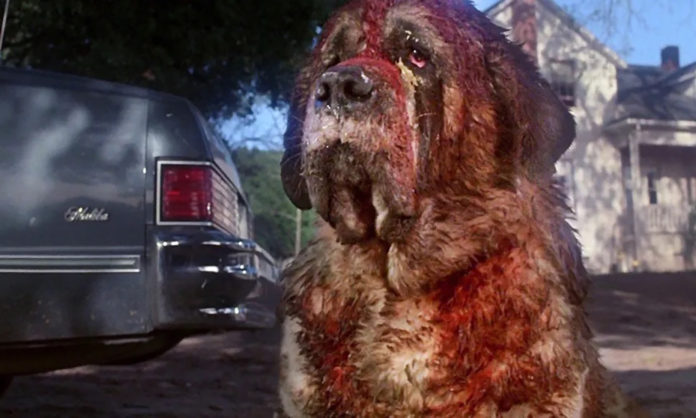For writers dipping their toes into the waters of horror fiction, finding moments that get under your reader’s skin is an important skill. Without it, you might rely on monsters and jump scares, or bloodletting and sexual violence. Those moments can be scary, but more often they lack a certain je ne sais quoi that separates the beginner from the masterful.
In a guest post on Jane Friedman’s blog, Shayla Raquel suggests 13 methods for freaking out your reader. “How do you frighten a reader so badly that they text their mom at midnight saying, ‘OMG this book freaked me out so bad! You have to read it’?” Here are a few of her 13 suggestions:
- Do something awful in a beautiful space. Set your worst scene in a place that should be beautiful, loving, or tranquil. The contradiction between setting and action will jar the reader and create the unsettling feeling that nowhere is safe, that horror is lurking even in beauty.
- Cross the line, and keep walking. Raquel points to some truly awful literary moments as examples. In Sophie’s Choice, Sophie must choose which of her children goes to a Nazi concentration camp. In Cujo, Stephen King’s protagonist kills the rabid dog that has kept her and her son trapped in their car, but not in time to save her four-year-old son from dying of dehydration and heatstroke.
- Research the dark things. If you want to cross the line, you need to describe what you find there. How do dehydration and heatstroke affect a child? If your villain is a cannibal, what does human flesh taste like? How do they prepare a meal? As in any kind of writing, strong, exact details are important to your ability to evoke horror.
- Interrupt the good moments. Raquel cites a scene in Chuck Wendig’s The Wanderers, in which a character tells a cute story about his kids, then interrupts this nostalgic moment with a gruesome moment.
That’s just four of Raquel’s good suggestions. The rest of the article is worth reading for her advice on wrongness, polarization, and real life monsters.












